What’s Inspiring Artist and Filmmaker Riar Rizaldi
By Riar RizaldiIndonesian artist and filmmaker Riar Rizaldi’s work explores the relationship between science, fiction, and technology. Opened earlier this month and on view at Gasworks in London until 22 December 2024, Mirage is the artist’s first UK solo exhibition. Comprising the first and second chapter of an ambitious, ongoing, ten-year project, the exhibition centres on a newly commissioned film, Mirage – Eigenstate (2024), which weaves together analogous investigations into the nature of reality, positioning Western science as just one methodology among many in a constellation of pluralistic worldviews. On the occasion of the new show, Rizaldi shares with Something Curated what’s been inspiring him. The below are his words.
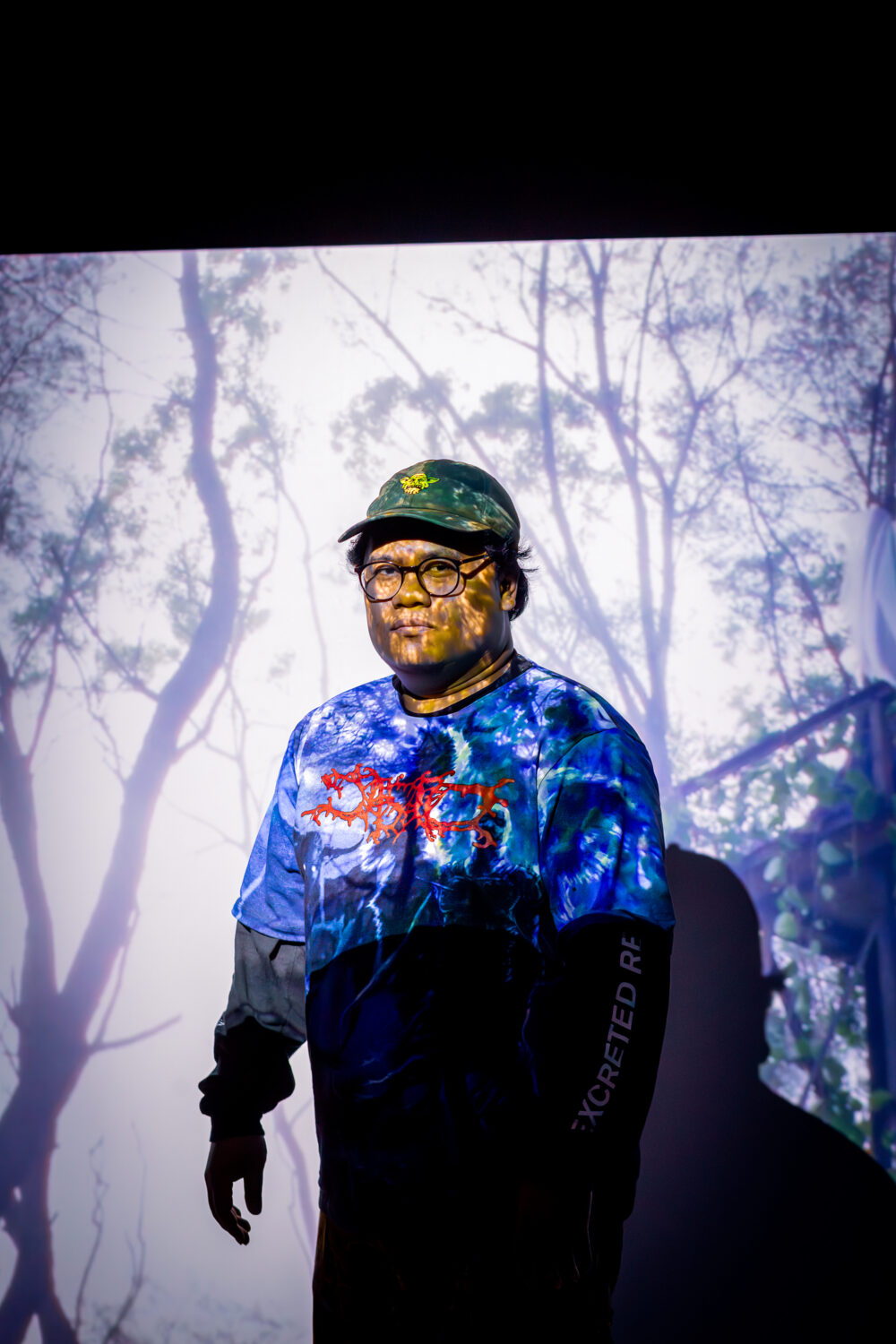
This list consists of eight (8 — symbolising infinity and a loop) cultural products — film, music, and especially books — that have accompanied my thoughts over the last few years as I developed this project Mirage.
Sangkuriang (1982), directed by Sisworo Gautama Putra
One of the many peplum fantasy films from Indonesia that have had a significant impact on my practice, particularly in the context of production design, is Sangkuriang. Many elements from this film have informed my artistic methodologies, both in film and installation projects. As a historical-fiction fantasy, Sangkuriang successfully weaves local myths into a campy yet coherent fantasy world, creating a playful but effective representation of its imagined universe.
Schild’s Ladder (2002) by Greg Egan
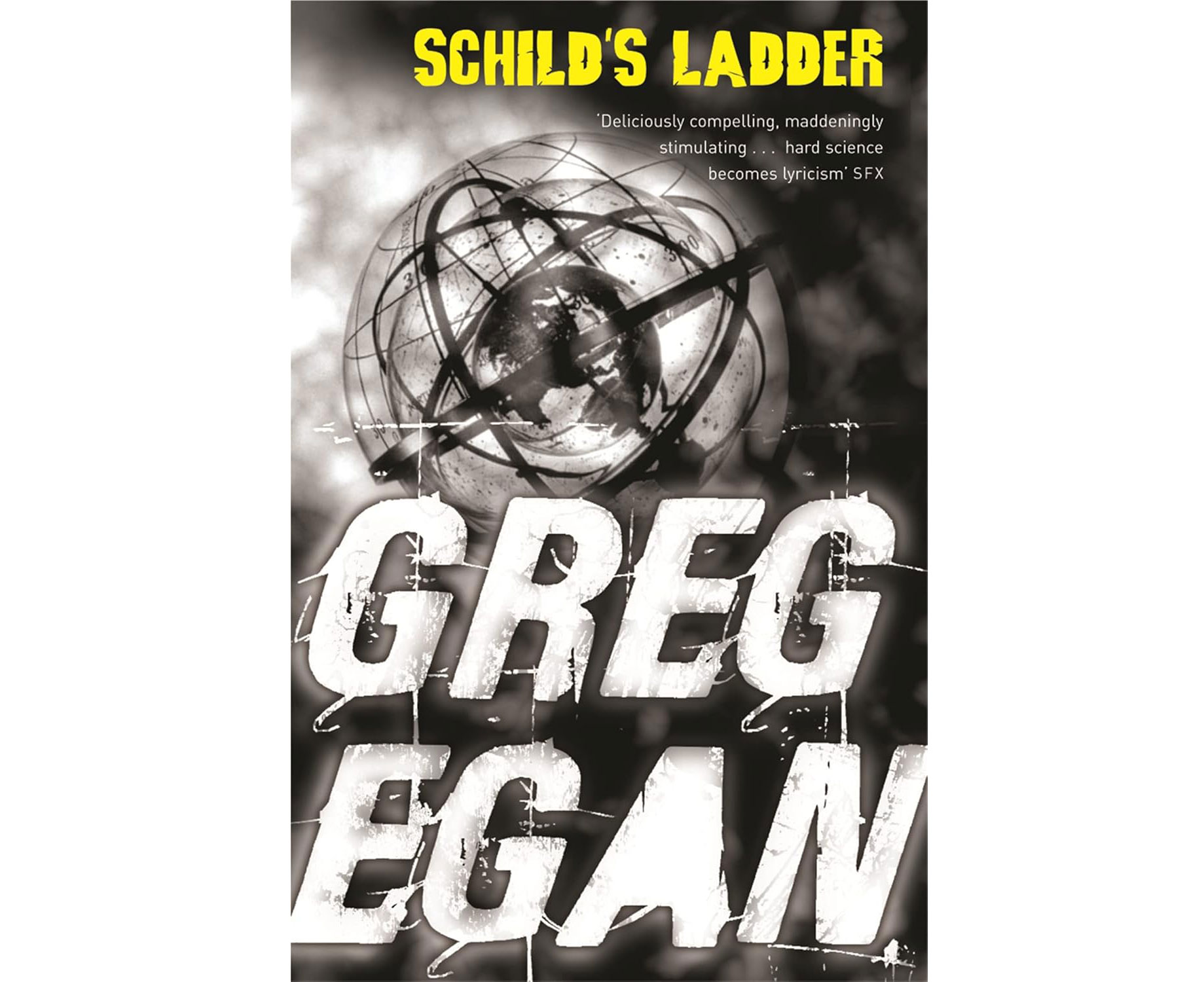
Amongst Javanese physicists, decoherence, and vacuum decay, Schild’s Ladder by Greg Egan stands out as one of his most complex works, though narratively, it feels like one of his weakest. Even so, Egan remains true to the essence of science fiction — the fictional construction of scientific postulations. Due to the dense imaginative concepts of quantum physics and the extensive world-building, I found myself flipping back and forth through the pages several times to fully grasp what was happening. This novel inspired the second episode of Mirage.
The Last Three Minutes: Speculating About the Fate of the Cosmos (1995) by Paul Davies
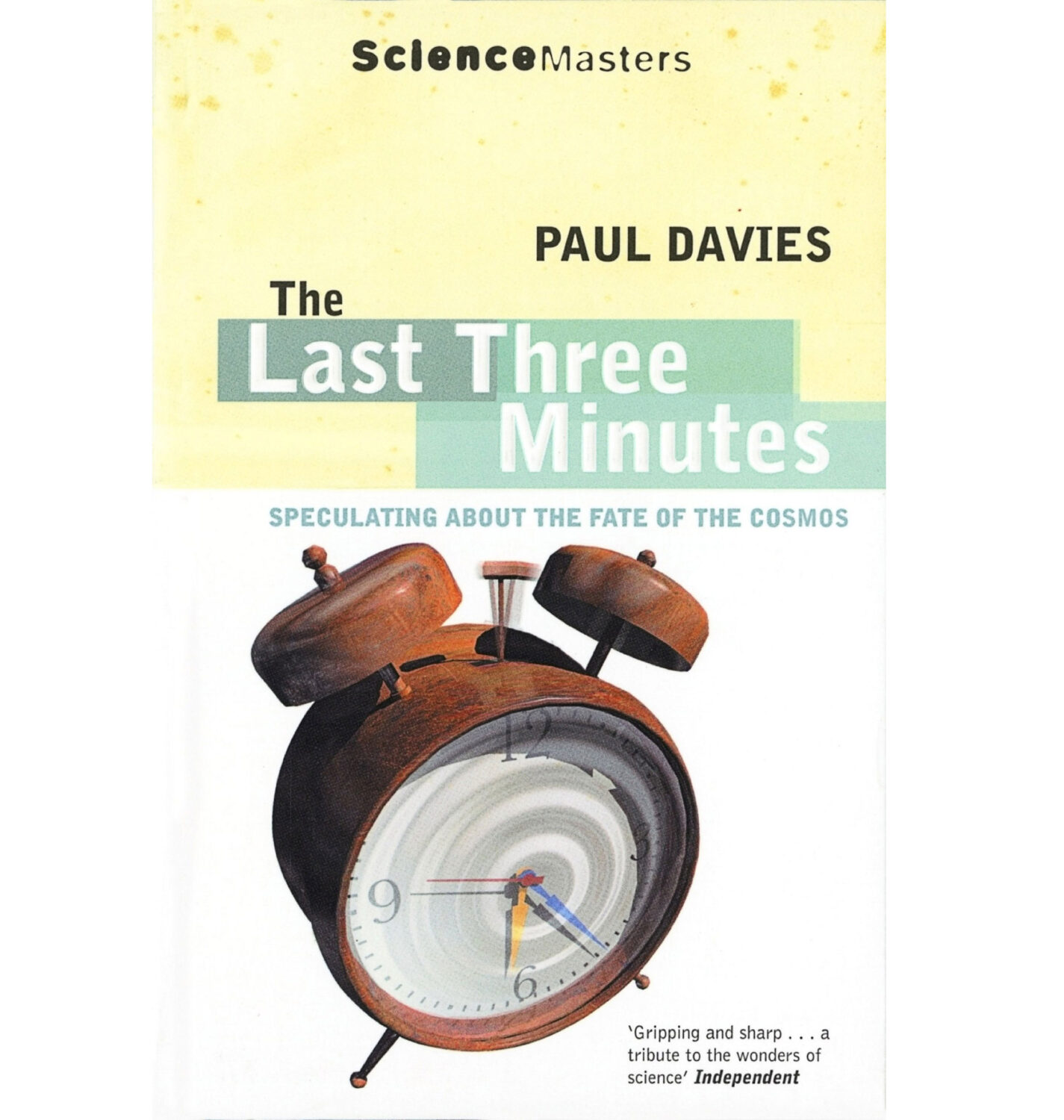
A charming 90s exploration of cosmic existential risk and longtermist pop science, written by a physicist and science communicator, that I keep returning to when conceiving Mirage. The discussion of vacuum decay was informative and engaging, even for someone without a mathematical background in the theory. Some parts of the book carry a spirit reminiscent of Olaf Stapledon’s works from the 1930s.
Kitab al-Tawasin (originally written in 921) by Mansur al-Hallaj

“One can represent the ocean of understanding thus: I saw my Lord with the eye of my heart. ‘Who are You?’ He said: ‘You!’ But for You, ‘where’ cannot have a place And there is no ‘where’ when it concerns You. The mind has no image of your existence in time. Which would permit the mind to know where you are. You are the one who encompasses every ‘where.’ Up to the point of no-where. So where are you?”
The best philosophical work of transcendental diabolism and metaphysical Sufism I have ever read. A major inspiration for the whole project of Mirage. More info here.
Films of Fact: A History of Science in Documentary Films and Television (2007) by Timothy Boon
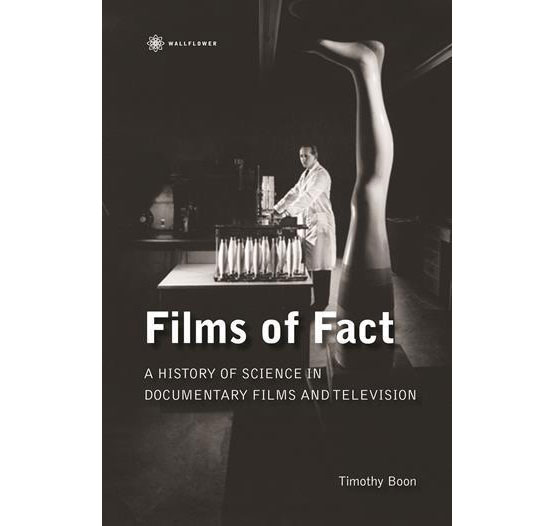
A somewhat contradictory yet descriptive book that I enjoy reading, as the history of science films is always fascinating. Reading this, I’m eager to know if Paul Rotha and/or Aubrey Singer influenced the PBS science programmes (like Carl Sagan’s Cosmos), the conspiracy-themed documentaries of the 1970s (all the UFO, weirdness, and Chariots of the Gods documentaries that eventually led to the History Channel), or even Paul Watkins’ early work.
I’m a bit uncertain about the definition of science documentaries here, as the focus seems primarily on medical and engineering films produced by government-funded institutions in early 20th century UK. However, as Aubrey Singer also mentioned, the advent of the atom bomb made more people aware of the implications of science. Overall, this is a very fascinating book for understanding the development of science communication in the West by examining the margins of popular and amateur science. Bonus points for highlighting the political engagement between filmmakers and scientists in constructing many of the films mentioned.
The Process Genre: Cinema and the Aesthetic of Labor (2020) by Salomé Aguilera Skvirsky
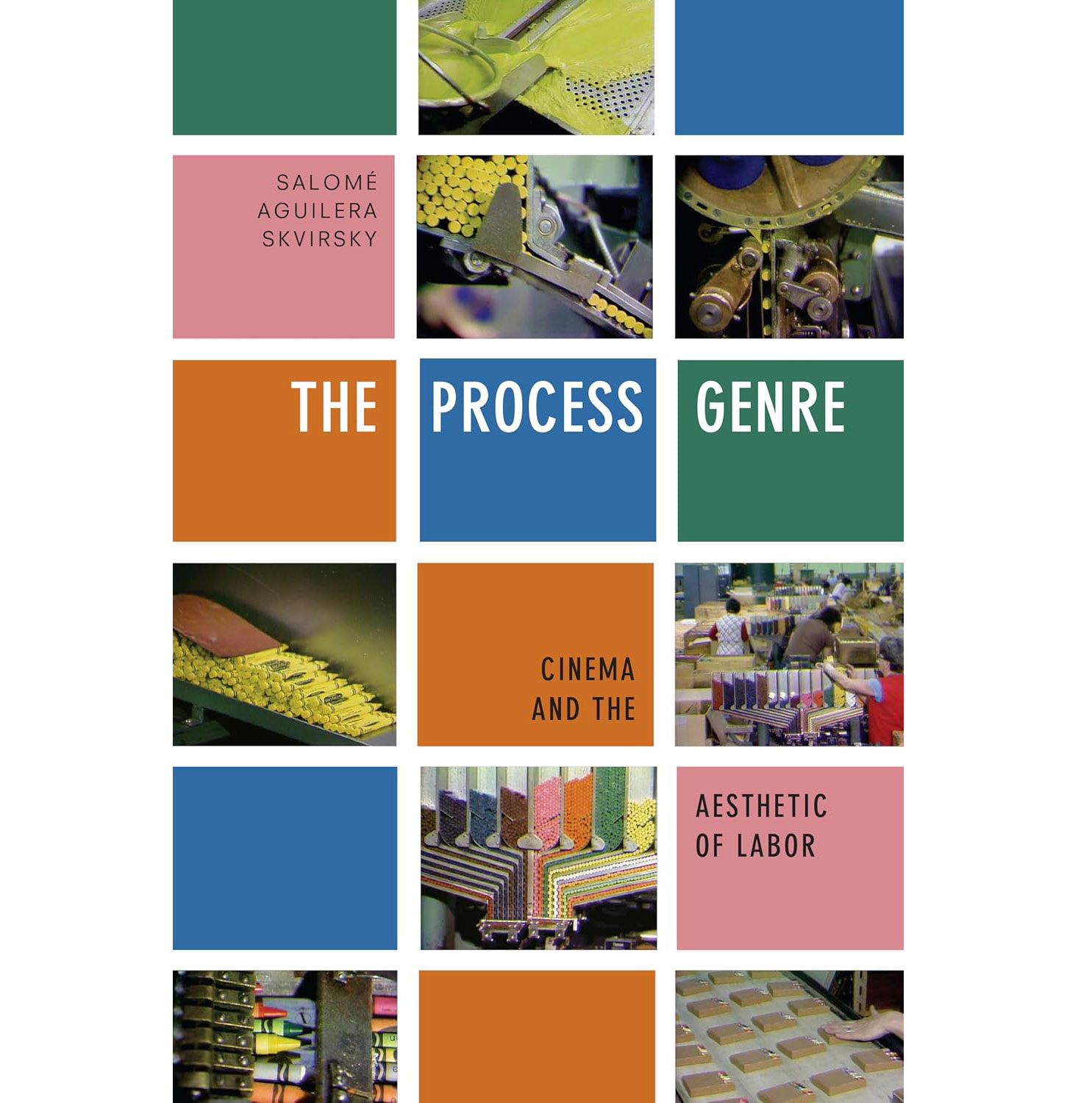
I love ‘process genre’ cinema — a genre that presents an indexical sequence of labour. The theory of process in this book resonates with my fascination with satisfying videos on social media. I appreciate how the book concludes with a discussion of the anti-process genre (providing examples) and questions the relationship between the representation of labour and the evolution of the cinematic medium. I reread this book to contextualise whether science films could be understood as an aesthetic of labour, which I’m trying to incorporate into my project Mirage.
The Sufis (1964) by Idries Shah

A massive inspiration for Mirage. It’s really rich in scope, covering maybe almost one millennium of Sufi evolution. However, it is quite opaque and (excuse for my scientific approach) it lacks of references to crosscheck. There are lots of ideas that I wanted to dig and explore more, however, many of the big claims in this book come without any point of reference. Well, maybe that’s the whole point — that the Sufi approach to gnosis is experiential rather than cerebration and mnemonic. Nevertheless, I still think this is a good entry point to Sufism, although I would also say that Idries Shah missed an opportunity to talk more about the punk libertine Qalandariyya.
Swallowed — Lunarterial (2014). Released by Dark Descent Records
Sonic soundtrack to the writing process of Mirage: a death-doom metal album from a cryptic Finnish band. There’s nothing particularly special about the lyrics, aside from occasional references to the occult, magick, and hints of demonology. However, the music itself is slow, grim, heavy, and abrasive. The soundscape created by this album captures the mood and atmosphere I want to convey in Mirage.
Feature image: Riar Rizaldi, Mirage, 2024. Exhibition view. Commissioned and produced by Gasworks. Photo: Dan Weill